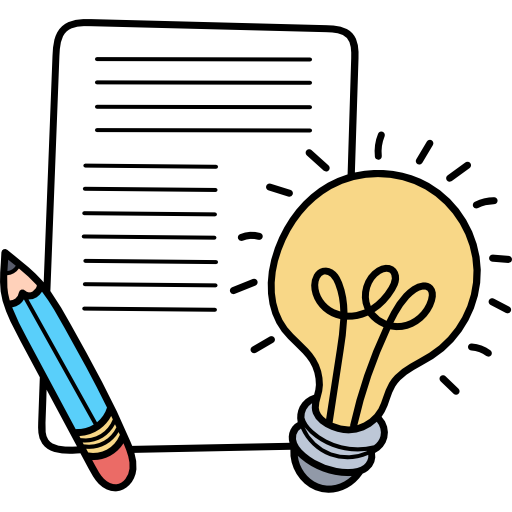دليل المعلم 2020 2021 تربية أخلاقية منهج إنجليزي صف ثامن فصل ثالث
Values
Values are at the heart of moral education. They are essential to a person's sense of self; they operate as the personal benchmarks that guide our thoughts and actions. The Moral Education aims to support students in identifying their personal goals and the motivation behind them. Moral education explores many multi-faceted issues, including trade, mental health and the distribution of resources. It also enables teachers and learners to explore the ethical implications behind complex global issues, enabling them to engage as members of the UAE and international community
It is hoped that in working through the Moral Education curriculum, teachers and students will become inspired and motivated by a commitment to the values of social justice, human rights, care for the environment, empathy, respect for diversity and global solidarity. The lessons of Moral Education course are founded on the principles of solidarity, equality and inclusion, and support a process for teaching and learning which explores how personal values are shaped and directed. This Moral Education course does not impose values, but rather encourages students to explore ethical issues, and develop an awareness on their individual values
Teaching and Learning - A Pedagogical Approach Group
is important in encouraging students to be proactive and autonomous learners. Throughout this moral education curriculum, there is a focus on inclusive group work, and a student driven approach to teaching and learning in the classroom. Students are encouraged to have open discussions, guided conversations, activities, and philosophical debates. This is intended to take students through a process of awareness-raising and critical thinking, which will allow them to consciously enact moral reasoning in their everyday lives
Action Projects
In the upper grades of the course students are encouraged and enabled to undertake Action Projects, where students are actively involved in developing an issue or topic, which arises in class, beyond the usual limits of textbooks and course materials. These Action Projects encourage active and co-operative learning and the development and acquisition of skills. They are part of the 'Hands' (pragmatic) domain of skills development
The Moral Education Course Cover and What It Symbolises
A design that evokes local culture, contemporary society and global citizenship
The cover draws inspiration from the flower with five petals, which is prevalent throughout the Sheikh Zayed Mosque, in Abu Dhabi
The intersecting circles are a key element in the pattern's design. They serve to symbolise union and connection, both at the national and international levels and within the community
The intersections represent the complexity of the relations between the different entities living in an interdependent world as global citizens
Inspired by the Sheikh Zayed Grand Mosque, Abu Dhabi
At the centre of the cover is a star. This guiding star is created out of infinite circles, and represents the moral compass that we should all aspire to follow, just as the North Star has guided travellers through the ages. At the same time the star symbolises the individual in the middle of the complex structure that is society
As the grades progress, the number of circles increases, symbolizing how, as students progress, they develop more connections with contemporary society and international communities
The gradation of colour portrays the complexity of the 21st century living
Books and their covers vary in size. Keeping to the concept of interconnected ideas influencing one's moral behaviour, the circular pattern derived from the mosque matures into a more complex design reflecting how morality and character grow in complexity as we age
Morals Values and principles that guide your actions so that you do good and do not harm others
Conflict A disagreement caused by two or more opposing viewpoints
Internal conflict A conflict within a person, caused by competing feelings, desires or thoughts
Activity 2 (10 minutes)
Remind students that conflict can be either internal or external. Explain that there are a lot of concepts that relate to conflict
Explain that students are going to create a mind map to express the different ideas about conflict. Ask students if they can remember what a mind map is. After listening to suggestions, remind them that a mind map is a diagram used to representa complex topic. It's like a map of the ideas in your mind
Divide students into groups of four. Give each group an A3 sheet of paper. Draw students' attention to the definition of "conflict" on the board
Give each group five minutes to draw a mind map that conveys their idea of conflict
Ask each group to share and explain its mind map
Suggested Answers
Check that the following ideas have been captured in the mind map: stress, struggle, morals, values, anger, disagreement, difference, and decision
If time allows and technology is available, show students a series of photos that illustrate different kinds of conflict
Activity 5 (10 minutes)
Ask students to examine the photograph in their Student book. Explain that French sculptor Auguste Rodin brought the notion of internal conflict to light with his sculpture The Thinker' in 1880
The original statue was 70cm high. Due to its popularity, Rodin created another one more than double the size of the original. It is now at the entrance of the Rodin Museum in Paris
Read the Rodin quote to the class
Explain that Rodin's statue has inspired many other artists over the years. Draw students' attention to Kobra's version in their books
Divide students into pairs. Conduct the activity in the Student Book
Suggested Answers
a. The tension in the muscles and the way he is sitting with his head down portray a person who is dealing with internal conflict
b. Other physical signs of internal conflict could be fatigue, difficulty sleeping and changes in weight
c. Rodin's work is a statue, while Kobra has created a mural. The statue is shaped by Rodin's hands, whereas the mural is created usig paint. Unlike the bronze statue, the mural is very colourful and vibrant. They both show the physical tension of someone with an apparent internal conflict




